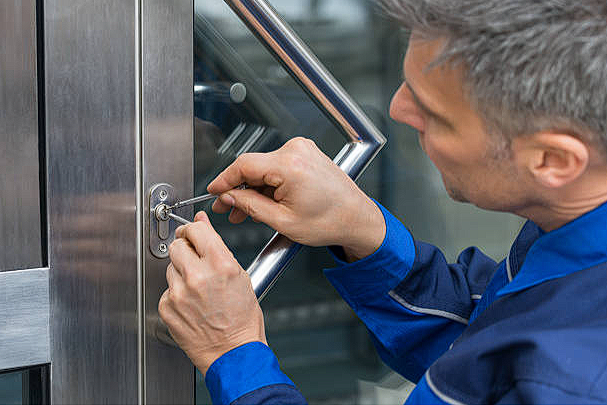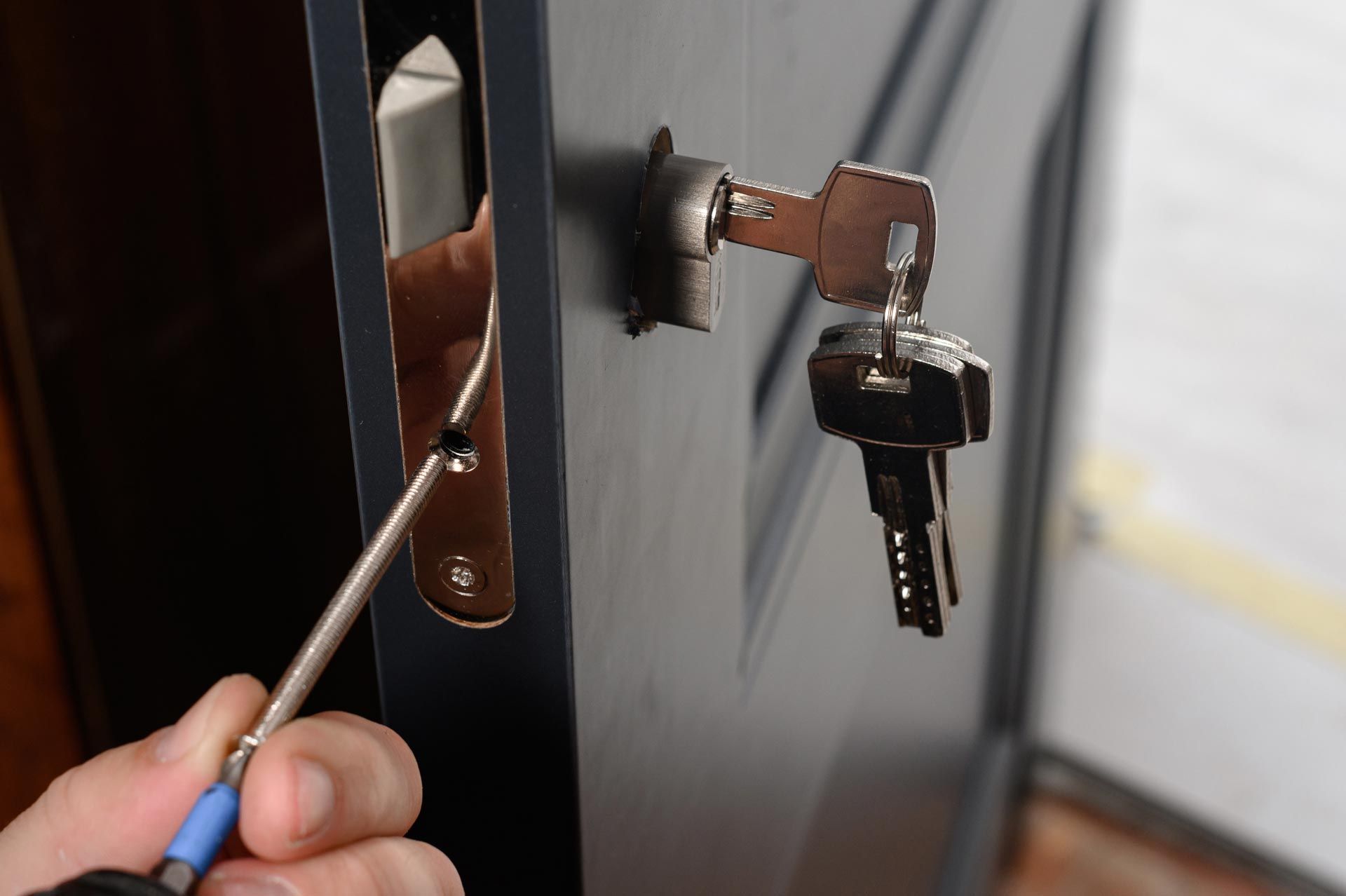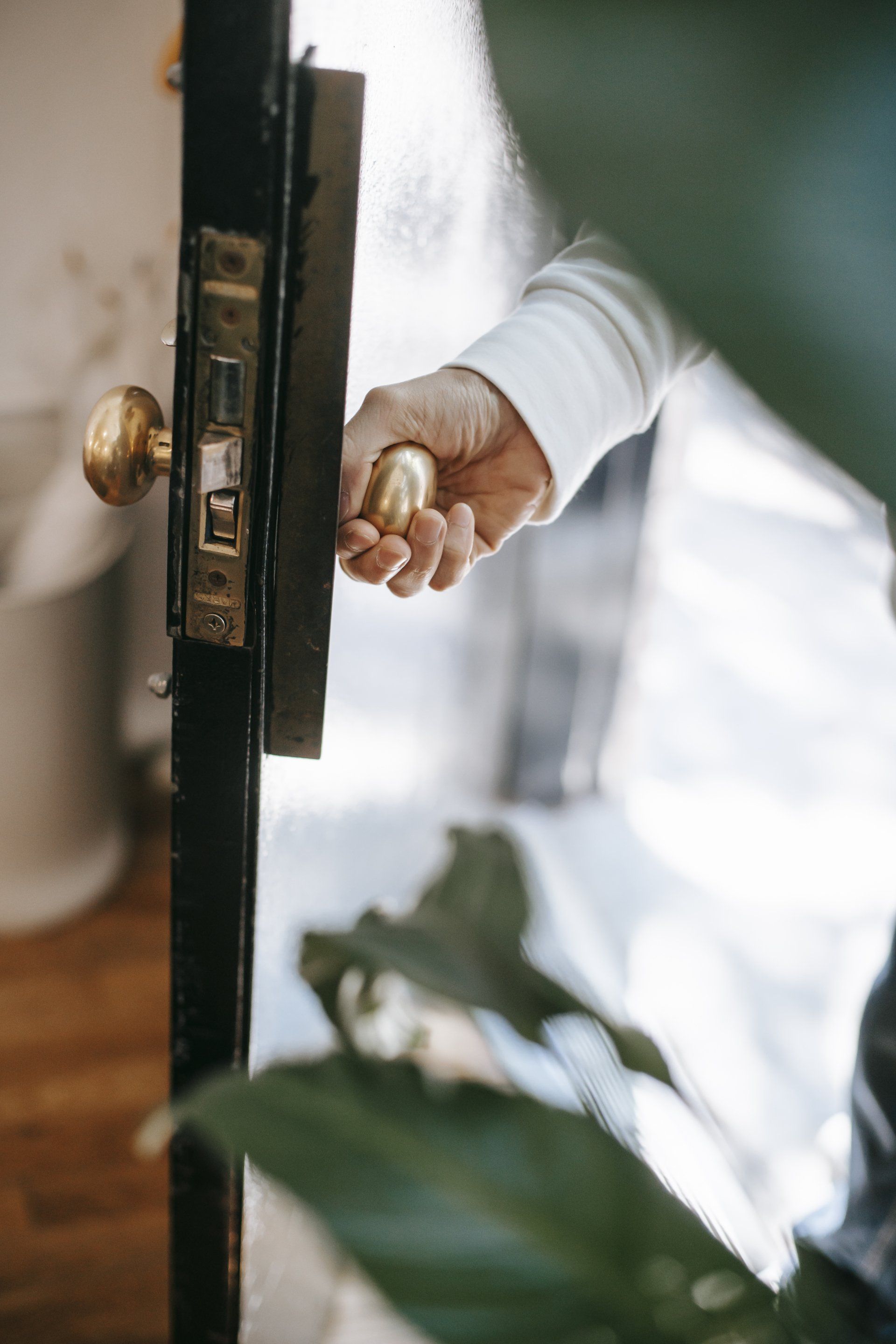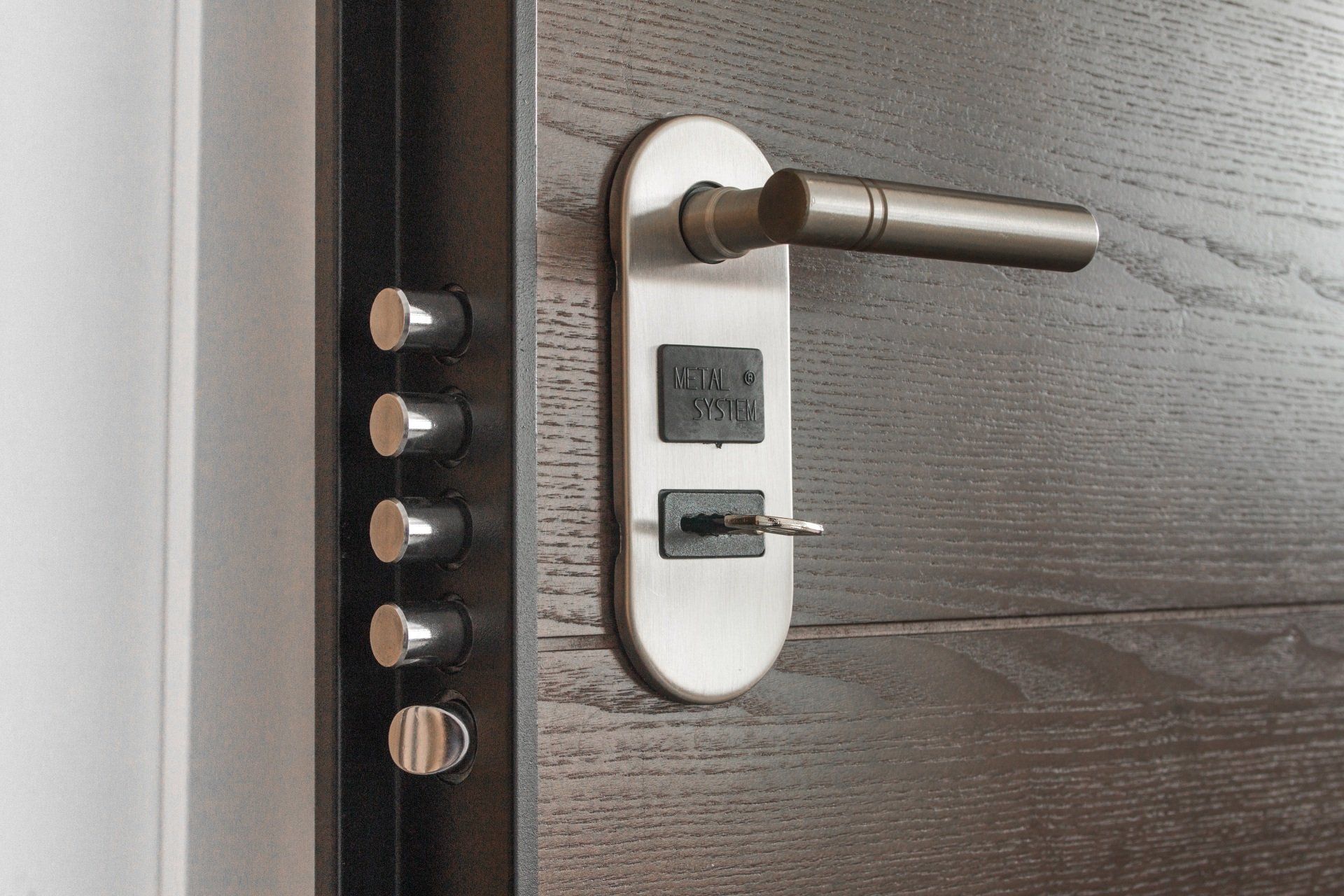Solving Trunk Lock Issues
Stuck with a trunk that won't budge? You're not alone. Trunk lock issues are more common than you might think, and they can be a real hassle, especially when you need access to your luggage or groceries. But fear not!
This guide is here to help you understand why your trunk won't open, explore emergency release methods, and walk you through repair or replacement options. Let's unlock the solution to your problem.
Common Trunk Lock Problems
Understanding the Trunk Lock Mechanism
Your car's trunk lock is a simple yet crucial part of your vehicle. It can be a mechanical lock, which works with a key, or an electronic lock, which operates with a button press. Despite their differences, both types aim to keep your trunk secure while providing easy access when needed.
Symptoms of a Faulty Trunk Lock
Recognizing the early signs of a faulty trunk lock can save you from future headaches. Here are some common symptoms to watch out for:
- Difficulty Opening the Trunk: If it takes multiple tries to open your trunk or it won't open at all, it's a clear sign something's wrong.
- Unusual Noises: Hearing strange sounds when trying to unlock or open the trunk suggests the mechanism is struggling.
- Complete Failure to Unlock: The most obvious and frustrating sign is when the trunk doesn't unlock, no matter what you try.
Identifying these symptoms early can lead you to a quicker diagnosis and solution, ensuring your trunk is functional and secure.
Causes of Trunk Lock Issues
Trunk lock problems can stem from a variety of issues, ranging from simple wear and tear to more complex electrical failures. Understanding the root cause is crucial for finding the right fix. Here’s a breakdown of the common culprits:
- Wear and Tear: Just like any other part of your car, the trunk lock mechanism can wear out over time. Regular use can degrade the lock's components, leading to issues.
- Damage: Accidents or attempts to force the trunk open can damage the lock. Even minor impacts near the trunk can misalign or damage the locking mechanism.
- Electrical Failures: For cars with electronic trunk release systems, electrical problems can be the reason your trunk won’t open. Faulty wiring, dead batteries, or malfunctioning sensors can prevent the signal from reaching the lock.
Identifying the cause of your trunk lock issue is the first step toward solving it. Whether it's wear and tear, damage, or electrical problems, understanding the root cause helps in choosing the right approach to fix it.
Emergency Trunk Release Methods
Sometimes, you need to get into your trunk urgently, but the lock won't cooperate. Knowing how to safely release the trunk in an emergency is vital. Here are some methods:
- Manual Release: Most cars have a manual trunk release lever located inside the vehicle, often in the driver's compartment or near the back seats. This lever provides a direct way to open the trunk from the inside.
- DIY Methods: If the manual release isn't an option or doesn't work, some temporary solutions can help. Using a screwdriver to gently pry open the trunk or a coat hanger to trigger the release mechanism are common methods. However, exercise caution to avoid damage or injury.
- Professional Help: When all else fails, or if you're concerned about causing damage, it's best to call a professional. A locksmith or mechanic can safely open the trunk without harming your vehicle.
Knowing how to handle an emergency trunk lock situation can save you time and stress. However, these methods should be used responsibly to ensure you don’t damage your car further.
Diagnosing Trunk Lock Problems
Pinpointing the exact issue with your trunk lock requires a bit of detective work. Whether you're dealing with a mechanical or electronic lock, the right diagnosis is key to finding the best fix. Here's how to start:
- Visual Inspection: Check the trunk lock for any visible signs of damage or wear. Look for anything out of place, broken pieces, or signs of rust.
- Check the Key and Fob: If your trunk operates with a key or remote, make sure these are working correctly. A faulty key or fob battery could be the simple culprit.
- Listen for Sounds: When you attempt to open the trunk, listen for any clicking or whirring sounds. This can indicate whether the lock mechanism is engaging but failing to open.
- Electrical System Check: For electronic systems, a quick check of the vehicle's fuse box can reveal if a blown fuse is the problem. Also, ensure the battery is charged, as a weak battery can affect electronic locks.
- Professional Diagnosis: If the problem isn't obvious or if you're uncomfortable performing these checks, a professional mechanic can conduct a thorough diagnosis. They have the tools and expertise to quickly identify and solve the issue.
Diagnosing trunk lock issues can be straightforward if you know what to look for. However, when in doubt, turning to a professional is the safest choice to prevent further damage.
Trunk Lock Repair and Replacement
Once you've diagnosed the problem, deciding whether to repair or replace the trunk lock is the next step. Here’s what to consider:
- Repair Options: If the lock mechanism is jammed or slightly damaged, a simple repair might suffice. This can involve cleaning, lubricating, or adjusting the lock components for a smoother operation.
- Replacement: In cases where the lock is extensively damaged or worn out, replacement is often the best option. This ensures a reliable and secure lock for your trunk.
- Costs Associated: The cost of repairing or replacing a trunk lock can vary widely. A basic repair might only require a few dollars in lubricant or minor parts. However, a complete lock replacement can range significantly based on your car's make and model, and whether it's a mechanical or electronic system. Labor costs also vary by location and the complexity of the job.
Whether repairing or replacing, it's crucial to weigh the cost against the benefit of a fully functional, secure trunk lock.
Preventing Future Trunk Lock Issues
Prevention is always better than cure, especially when it comes to maintaining your car's trunk lock. Here are some tips to keep your trunk lock working smoothly:
- Regular Maintenance: Clean and lubricate the trunk lock mechanism periodically to prevent rust and wear.
- Lighten Your Keychain: A heavy keychain can strain the lock cylinder over time. Keeping it light can extend the life of your lock.
- Regular Inspections: Include the trunk lock in your regular vehicle check-ups to catch any early signs of wear or damage.
By following these simple steps, you can help ensure your trunk lock remains functional and secure, avoiding the inconvenience and costs of future repairs.
Conclusion
Dealing with trunk lock issues can be frustrating, but understanding the symptoms, causes, and solutions can significantly ease the process. From diagnosing the problem to choosing between repair or replacement, this guide has walked you through each step to ensure you’re equipped to handle trunk lock troubles.
Remember, regular maintenance and prompt attention to any signs of malfunction can prevent most issues, saving you time and money in the long run. When in doubt, consult a professional to maintain the integrity and security of your vehicle's trunk lock.
FAQs
To further assist you, let's address some frequently asked questions about trunk lock issues:
Q: How often should I lubricate my trunk lock?
A: It’s a good practice to lubricate your trunk lock at least once a year or whenever you notice it starting to stick or resist.
Q: Can I replace a trunk lock myself?
A: If you have mechanical skills and the right tools, you might be able to replace a mechanical trunk lock yourself. However, electronic locks often require professional tools and expertise for proper installation.
Q: What should I do if my trunk lock freezes in cold weather?
A: Applying a de-icer or gently warming the key before insertion can help thaw a frozen lock. Avoid forcing the key to prevent damage.
Q: How can I tell if my trunk lock problem is due to an electrical issue?
A: If other electrical components in your car are also malfunctioning, or if there’s no sound or resistance when trying to open the trunk electronically, it might indicate an electrical issue.
By staying informed and proactive, you can ensure your trunk lock functions properly, keeping your belongings secure and accessible when you need them most.





Send us a Message
We will get back to you as soon as possible
Please try again later
SERVICE AREA
- West Jordan, UT
- Midvale, UT
- Murray, UT
- Sandy, UT
LYNN'S LOCKSHOP
HOURS
- Mon - Fri
- -
- Sat - Sun
- Closed
WEEKEND APPOINTMENTS AVAILABLE
Copyright © 2023 Lynn's Lockshop, all rights reserved. Murray, UT 84107 (801) 699-0511



